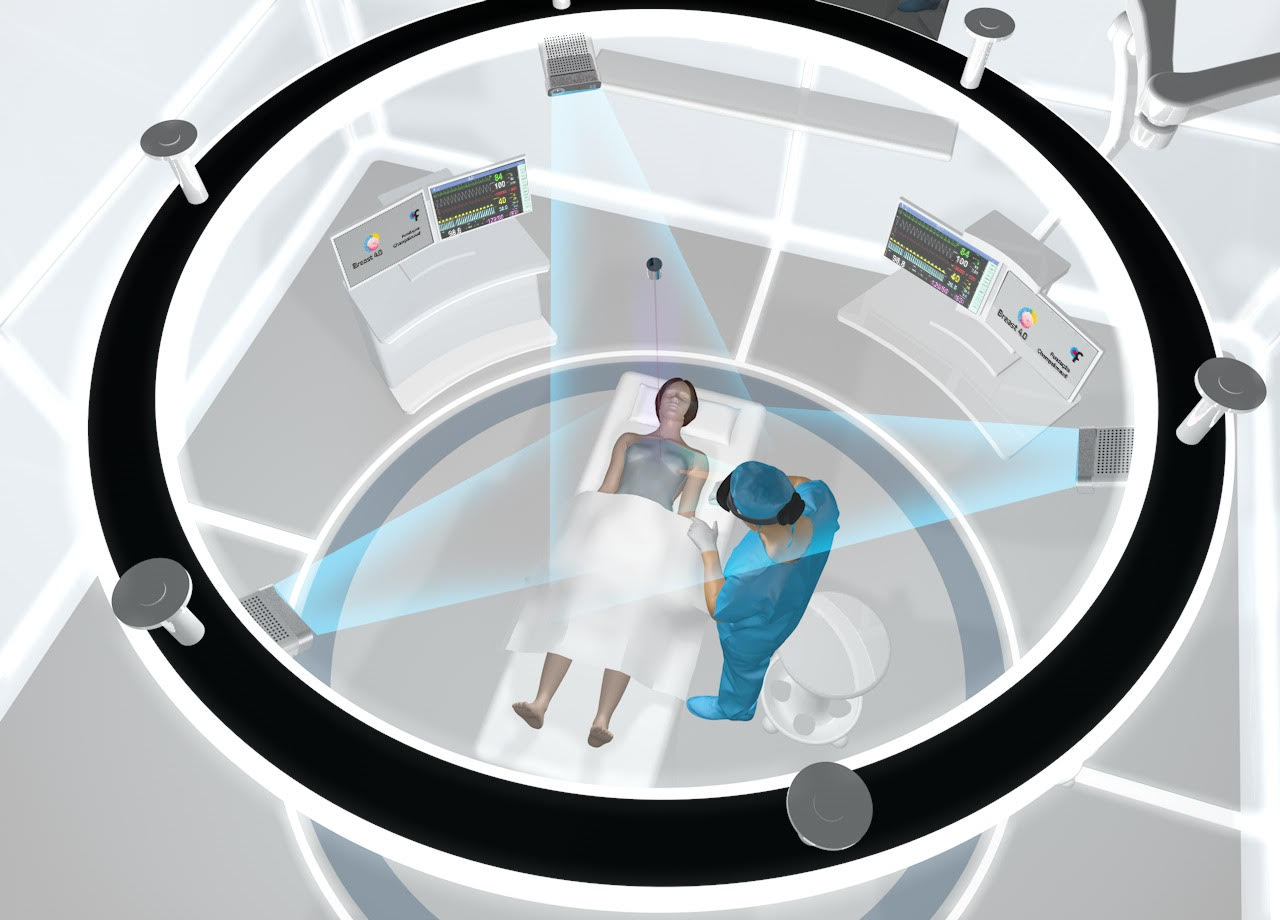Human Neuroecology and Digital Therapeutics

What is the impact that changing people’s behaviour can have on our wellbeing?
Changing people’s behaviour is hard. It takes more than simply telling them how they should behave. Many people have long had access to information about the importance of physical activity, social interaction, sleep, diet, etc. for improving health. And yet, chronic diseases driven by behavioural factors are growing worldwide, with massive negative impacts on health and the economy. For example, a recent study by the Milken Institute estimated that in the United States, 7 chronic diseases: cancer, diabetes, hypertension, stroke, heart disease, pulmonary conditions, and mental illness cost the economy 1.3 trillion USD per year, 1.1 trillion of which is due to lost productivity. This is a problem of enormous proportions in terms of both human and economic costs, and the irony is that, in many cases, we know how to fix it.
What has been the main strategy to develop new therapeutic interventions?
Ultimately, much of life science receives investment under the assumption that if we understand biology well enough at a mechanistic level, we will be able to intervene directly, with a drug for example, when it malfunctions. However, our bodies and brains are composed of incredibly complex and interdependent systems, born of hundreds of millions of years of evolution. Our experiences and activities in rich environments, in relation to a cascade of immediate and long term goals, in short - human ecology - have profound influence over our health and well-being. Sleep, diet, physical activity, social interactions, and stress, represent some of the most powerful determinants of health, well-being, and longevity. These factors are rooted in behaviour, and health interventions of any kind would be rendered most effective if combined with a deep appreciation for the power of behaviour and environment to shape our biology. It thus represents a stunning failure that modern medicine has not invested more in therapeutic interventions targeting behaviour to promote health and well-being.
In your opinion, what is the main challenge preventing us from widely using this behavioural change approach?
The central problem is that behavioural change, so far, cannot be delivered in a scalable, prescribable manner the way a pill can. A doctor has no way to prescribe behavioural change. And yet, companies like Facebook (now Meta) have leveraged sophisticated machine learning combined with the massive scalability of software to shape people’s behaviour, with enormous success. In the case of Facebook, the target of behavioural change is to maximise a metric with no respect to health: the amount of time people spend looking at their site.
But what if we could take that same approach of behavioural change through technology, and direct it at maximising health outcomes?
The most powerful technology we have to create beautiful, engaging, immersive, motivating experiences that would make for effective behavioural change have been left to video games makers and social media. It’s time to make better use of those approaches by creating an institute built around the core mission of becoming the world leader in Digital Therapeutics: prescribable behavioural interventions through technology. Such approaches allow us to take control of the functioning of the brain and physiology through environment manipulation and how people interact with it.
What would it take to achieve that goal of placing the Champalimaud Foundation at the center of this coming revolution in health care?
Our vision is to create an ecosystem where researchers, clinicians, engineers, creatives, and entrepreneurs can interact to improve health through behaviour and technology, with an initial focus on neurological and neuropsychiatric disorders. We envision a collaborative translational laboratory containing:
- Immersive rooms for researching, developing, and running clinical trials to test new digital therapeutics;
- Similarly equipped treatment rooms for administering proven digital therapeutics;
- High performance computing infrastructure and workshops for engineering devices and new approaches in digital medicine;
- Classroom and laboratory space for training a new generation of specialists;
- Incubator space for spin-off, start-up and spin-in companies that want to take these approaches to market;
- Meeting spaces for hosting conferences and long-term collaborations;
- Restaurant serving healthy and delicious food, and a gym complementing digital immersive therapies.
These physical resources will require a diverse array of professionals to maximise the mission. We will need:
- To identify in-house, and recruit, open minded clinicians in diverse medical fields to include behavioral interventions alongside existing approaches, and to help research and develop them as tools;
- Bioinformaticians, AI researchers, computer scientists, and big data analysts to combine longitudinal, multimodal patient data from wearables that track behavior over time, medical images, clinical case history, and molecular data from patient samples to help inform the course of treatment, as well as to assess its efficacy;
- To create a program for medical and scientific education in human neuroscience and behaviour, taught by newly recruited key faculty in the relevant areas;
- To leverage the already existing researcher pool in fundamental neuroscience to help promote the translation of fundamental understanding into applications.
An example of what's to come:
Immersive Lab, Breast Cancer Unit, Champalimaud Foundation
Immersive Lab, an innovative project by clinicians in the Breast Cancer Unit at the Champalimaud Foundation, aims to bring immersive technologies into the operating room. The goal of its founding project is to vastly improve the ability of surgeons to localize targets with the body of patients, leading to improved clinical outcomes. The approach is to use AI techniques to transform medical imaging data from multiple modalities (eg, MRI, ultrasound, etc.) into an accurate “phantom” of a surgical target, digitally anchored to the patient’s body in real-time. This phantom may be made visible to surgeons in the operating room through the use of augmented reality. The Immersive Lab represents yet another example, in addition to digital therapeutics, of how the ecosystem envisioned in the new centre will give rise to innovative solutions for health through the combination of immersive technology, behavioural neuroscience, clinical know-how, and AI.

